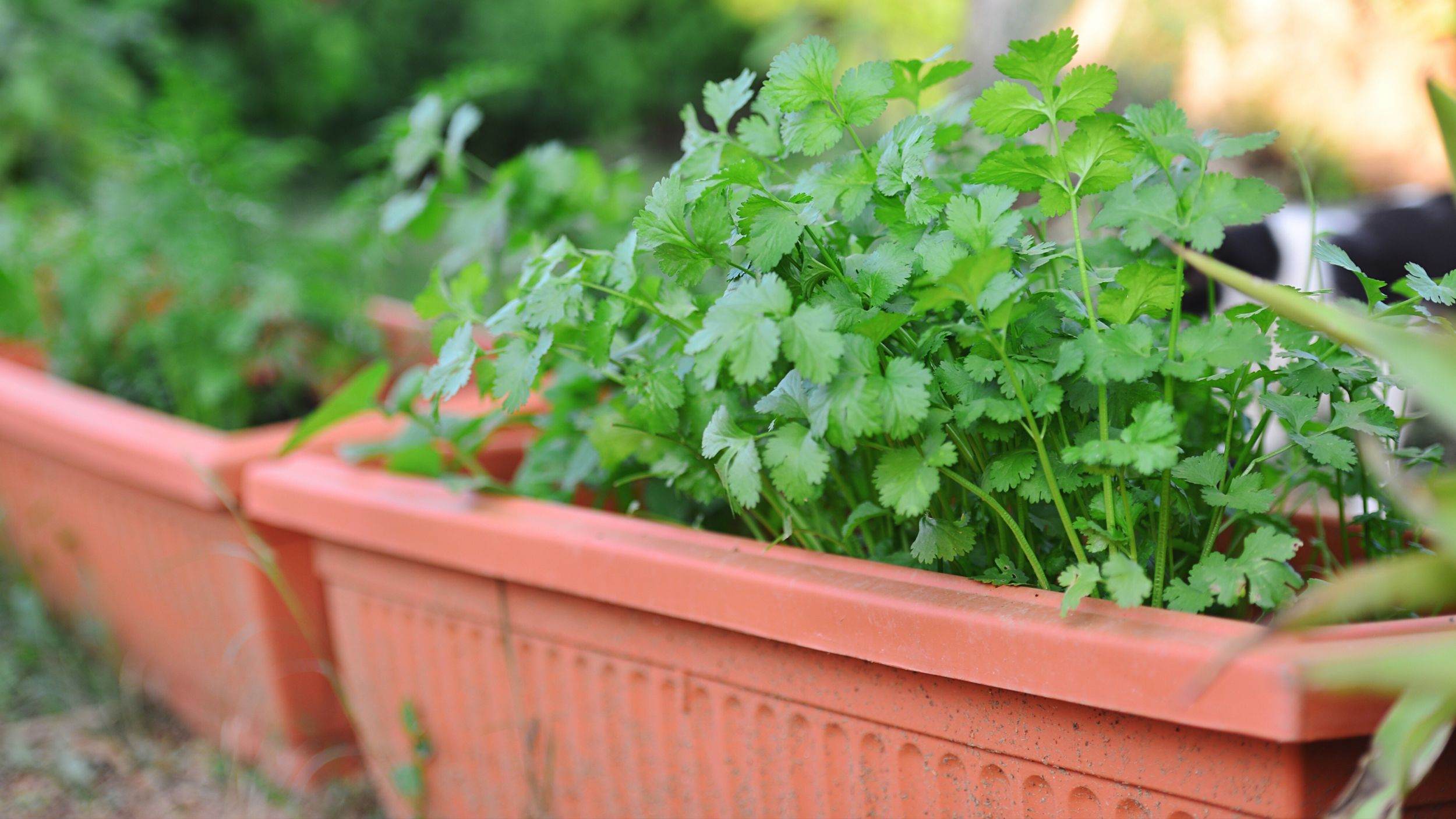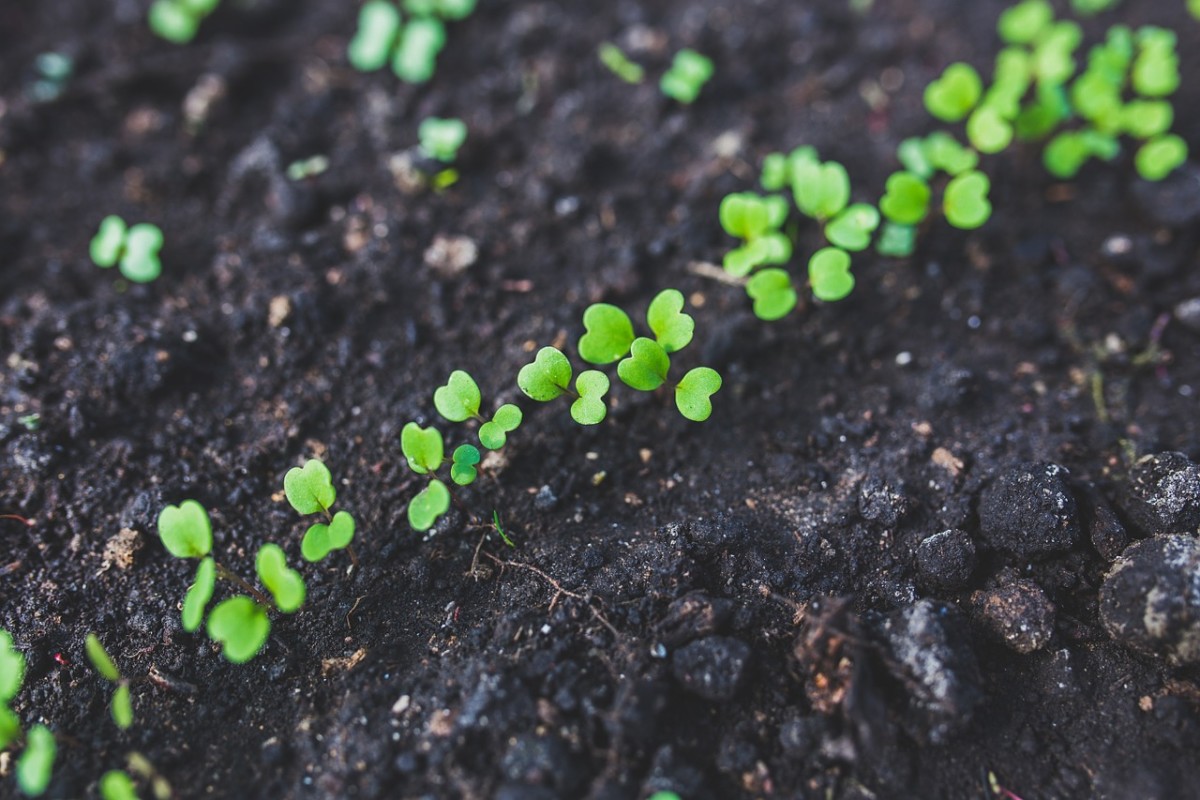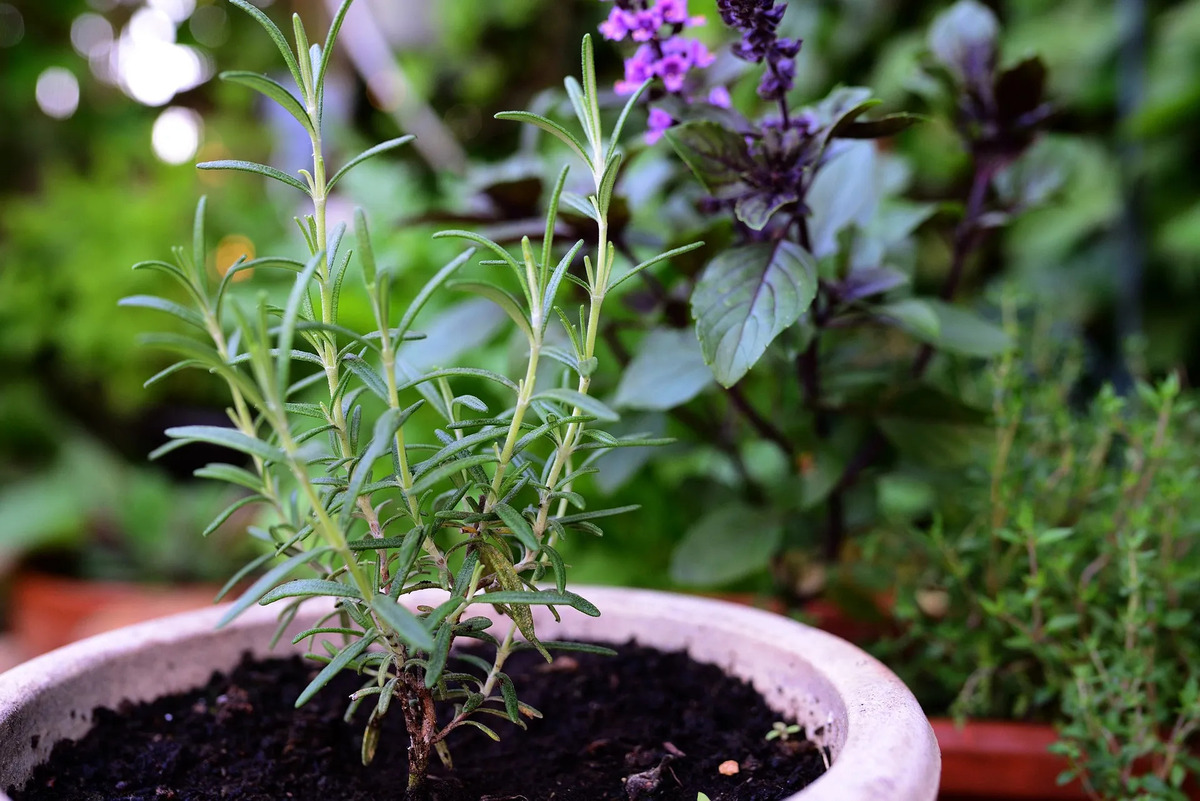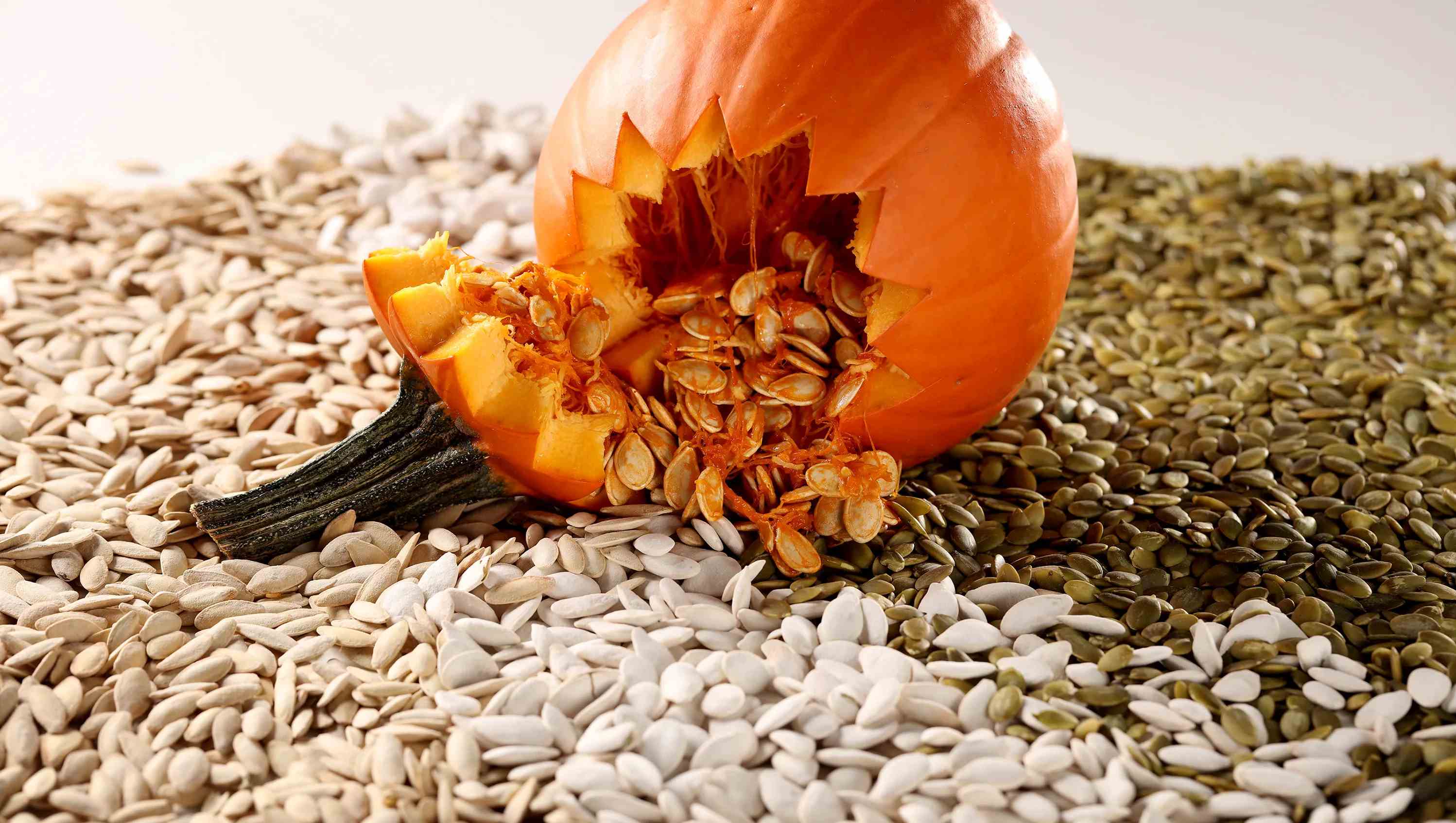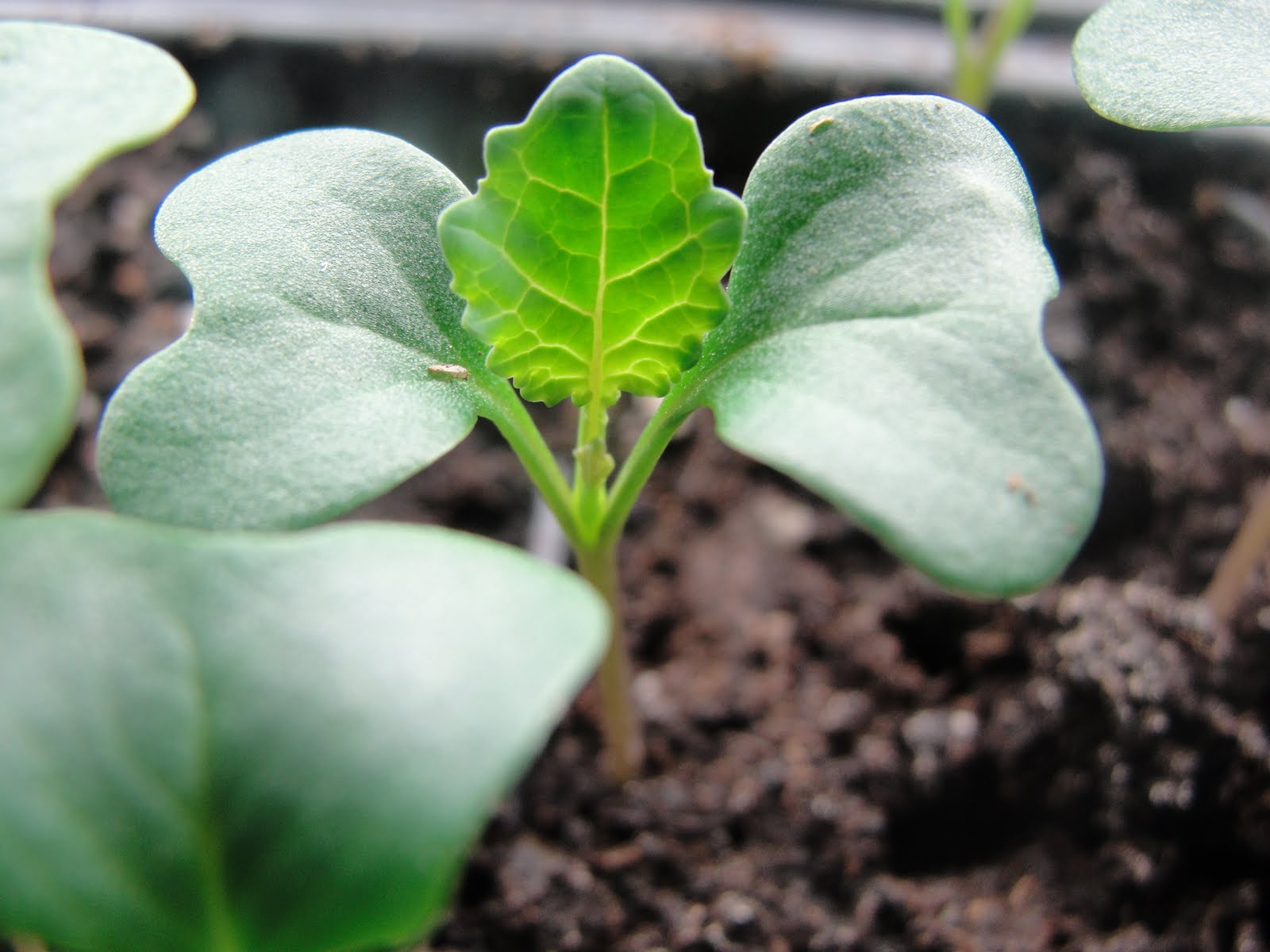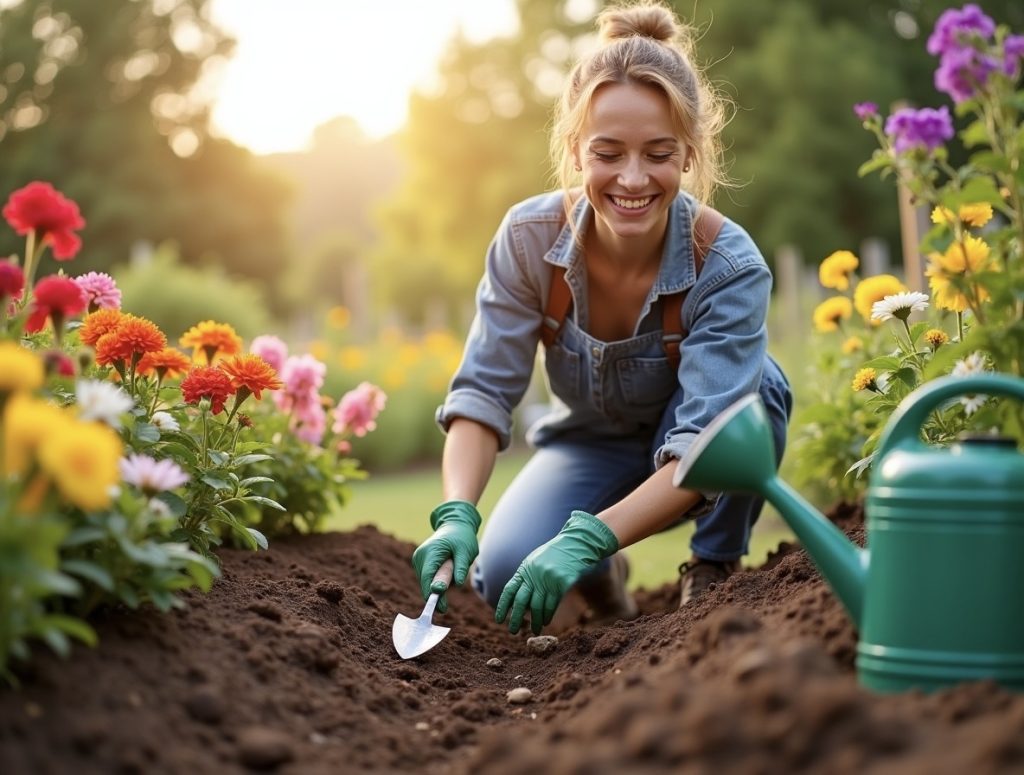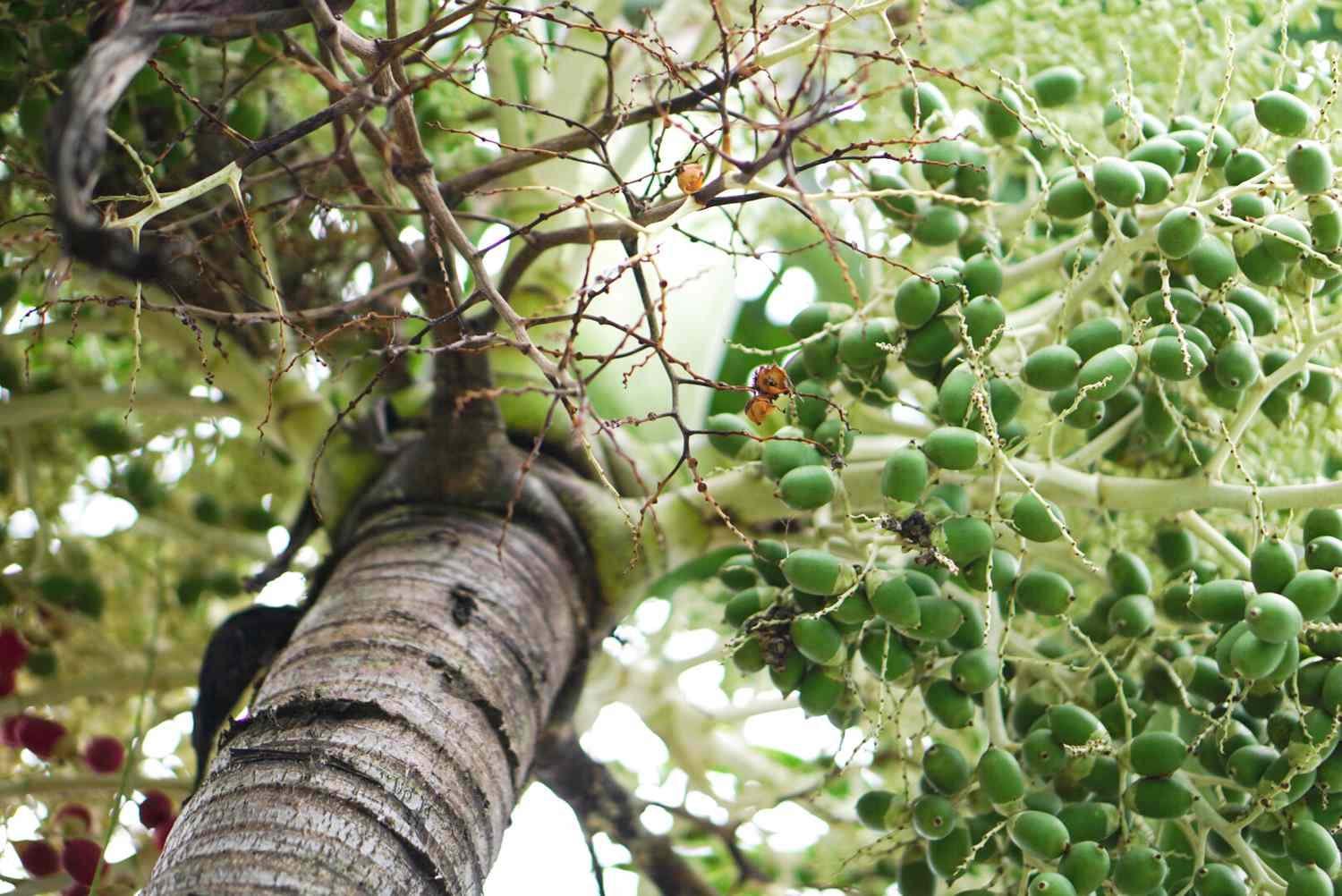Home>Types of Gardening>Ornamental Gardening>How To Grow Cherry Blossom Bonsai From Seed


Ornamental Gardening
How To Grow Cherry Blossom Bonsai From Seed
Modified: February 10, 2024
Learn the art of growing cherry blossom bonsai from seed with our comprehensive guide. Discover expert tips and techniques for successful ornamental gardening.
(Many of the links in this article redirect to a specific reviewed product. Your purchase of these products through affiliate links helps to generate commission for Chicagolandgardening.com, at no extra cost. Learn more)
Table of Contents
Introduction
Welcome to the enchanting world of cherry blossom bonsai cultivation! The art of growing cherry blossom bonsai from seed is a gratifying journey that requires patience, dedication, and a deep appreciation for the delicate beauty of these iconic trees. Originating from Japan, cherry blossom bonsai trees, also known as sakura bonsai, have captivated enthusiasts worldwide with their exquisite blooms and profound cultural significance.
Embarking on the endeavor to grow cherry blossom bonsai from seed is a rewarding and transformative experience. It allows you to witness the remarkable life cycle of these majestic trees, from a tiny seed to a breathtaking symbol of nature's ephemeral splendor. Throughout this article, you will delve into the intricacies of selecting the finest seeds, preparing the optimal soil environment, planting with precision, nurturing with care, and mastering the art of pruning and shaping to cultivate a flourishing cherry blossom bonsai.
As you embark on this horticultural adventure, you will be entranced by the delicate balance of artistry and horticultural expertise required to cultivate a thriving cherry blossom bonsai. The fusion of nature and human intervention in shaping these miniature marvels embodies a harmonious synergy that transcends mere gardening; it is an expression of reverence for the natural world and a testament to the enduring allure of cherry blossoms.
Join me as we embark on this captivating journey, where we will delve into the intricacies of cherry blossom bonsai cultivation and unlock the secrets to nurturing these iconic trees from humble seeds to breathtaking bonsai masterpieces. Let's explore the art of cultivating cherry blossom bonsai from seed, embracing the timeless elegance and cultural significance of these mesmerizing trees.
Selecting the Seeds
When embarking on the captivating journey of growing cherry blossom bonsai from seed, the first crucial step is selecting the finest seeds to lay the foundation for your bonsai’s growth. The quality and viability of the seeds significantly influence the success of your bonsai cultivation endeavor. Here are essential factors to consider when selecting cherry blossom bonsai seeds:
- Species Selection: Cherry blossom bonsai seeds are available in various species, each possessing distinct characteristics such as flower color, size, and growth habits. The most common species for bonsai cultivation include Prunus serrulata, Prunus incisa, and Prunus subhirtella. Consider the specific aesthetic and cultural attributes you desire in your cherry blossom bonsai to guide your species selection.
- Seed Viability: Opt for fresh, viable seeds to maximize the likelihood of successful germination. Fresh cherry blossom bonsai seeds exhibit plumpness and a firm texture, indicating their viability for germination. Avoid seeds that appear shriveled, discolored, or damaged, as they may have reduced germination potential.
- Quality Sources: Procure your cherry blossom bonsai seeds from reputable suppliers or trusted sources renowned for providing high-quality, authentic seeds. This ensures that you are acquiring seeds of known provenance and genetic integrity, enhancing the prospects of cultivating robust and true-to-type bonsai trees.
- Storage Conditions: Seeds are sensitive to environmental factors, and their storage conditions significantly impact their viability. Ensure that the seeds have been stored in optimal conditions, such as cool, dark, and dry environments, to preserve their viability. Seeds stored in improper conditions may experience diminished germination rates.
By meticulously evaluating these factors and selecting superior cherry blossom bonsai seeds, you lay a solid groundwork for nurturing resilient and aesthetically captivating bonsai trees. The careful consideration of species, seed viability, quality sources, and storage conditions empowers you to embark on your bonsai cultivation journey with confidence, knowing that you have chosen the finest seeds to commence this remarkable horticultural endeavor.
Preparing the Soil
Creating an optimal soil environment is paramount for fostering the healthy growth and development of cherry blossom bonsai from seed. The soil serves as the lifeblood of the bonsai, providing essential nutrients, aeration, and moisture retention crucial for sustaining the delicate balance of the miniature ecosystem. Here are key considerations for preparing the ideal soil for your cherry blossom bonsai:
- Well-Draining Medium: Cherry blossom bonsai thrive in well-draining soil that prevents waterlogged conditions, which can impede root health and lead to rot. Incorporate components such as coarse sand, perlite, or grit into the soil mixture to enhance drainage and aeration, promoting robust root development.
- Nutrient-Rich Composition: The soil should provide a rich array of essential nutrients to support the vigorous growth of the cherry blossom bonsai. Integrate organic matter such as compost, well-rotted manure, or bonsai-specific fertilizers to fortify the soil with vital nutrients, fostering lush foliage and vibrant blooms.
- pH Balance: Ensure that the soil pH aligns with the specific requirements of cherry blossom bonsai, typically ranging between slightly acidic to neutral. Conduct a soil pH test using a reliable kit and amend the soil as needed to achieve the optimal pH range, facilitating optimal nutrient uptake and overall plant health.
- Adequate Texture: The soil texture should strike a harmonious balance, offering ample stability for root anchorage while permitting efficient water infiltration and air circulation. A blend of fine particles, such as loam or sifted compost, alongside coarser components fosters an ideal soil texture for cherry blossom bonsai cultivation.
By meticulously crafting a soil blend that embodies these essential characteristics, you establish a nurturing foundation for your cherry blossom bonsai’s growth. The thoughtful integration of well-draining properties, nutrient-rich composition, pH balance, and optimal texture empowers your bonsai to thrive in an environment that mimics the natural habitat of these exquisite trees, laying the groundwork for a flourishing and resilient bonsai specimen.
Planting the Seeds
Planting the cherry blossom bonsai seeds with precision and care marks a pivotal stage in the journey of cultivating these iconic trees. By embracing meticulous techniques and thoughtful considerations, you set the stage for the germination and emergence of the bonsai’s delicate seedlings. Here are essential steps for planting cherry blossom bonsai seeds:
- Seed Preparation: Prior to planting, consider stratifying the cherry blossom bonsai seeds to simulate natural conditions that break seed dormancy. This process involves subjecting the seeds to a period of cold stratification, typically achieved by refrigerating the seeds for several weeks. Stratification enhances the germination potential of the seeds.
- Pot Selection: Choose a suitable bonsai pot or container that provides ample drainage and accommodates the initial growth of the cherry blossom bonsai seedlings. Opt for pots with drainage holes to prevent waterlogging and select a size that allows for root development while maintaining a proportionate scale to the seedlings’ size.
- Soil Placement: Fill the chosen bonsai pot with the prepared soil mixture, ensuring it is evenly distributed and gently tamped to create a level surface. The soil should possess the optimal characteristics of a well-draining, nutrient-rich medium that fosters favorable conditions for seed germination and early root development.
- Seed Planting: Carefully position the cherry blossom bonsai seeds on the soil surface at a depth approximately equal to the seed’s diameter. Gently press the seeds into the soil, ensuring secure contact while avoiding excessive burial that may impede germination. Maintain consistent spacing between seeds to allow for individual seedling development.
- Moisture and Enclosure: After planting, lightly moisten the soil surface using a fine mist or gentle watering to provide adequate moisture for seed activation. Cover the pot with a transparent lid or plastic wrap to create a greenhouse effect, promoting humidity retention and creating a conducive microclimate for seed germination.
By meticulously adhering to these planting protocols, you establish an environment conducive to the successful germination and early growth of cherry blossom bonsai seeds. The thoughtful execution of seed preparation, pot selection, soil placement, seed planting, and moisture management sets the stage for the emergence of resilient seedlings, heralding the commencement of your cherry blossom bonsai’s captivating journey from seed to splendid bonsai specimen.
Watering and Care
Watering and attentive care constitute fundamental pillars in nurturing thriving cherry blossom bonsai from their formative stages as seedlings to the development of mature, resplendent trees. By mastering the art of watering and providing meticulous care, you foster the optimal conditions for the bonsai’s growth, health, and resilience. Here are essential guidelines for watering and caring for cherry blossom bonsai:
- Watering Regimen: Establish a consistent watering regimen that maintains the soil’s moisture levels within the ideal range for cherry blossom bonsai. Monitor the soil’s moisture content by conducting regular tactile assessments and adjust the watering frequency based on environmental factors, such as temperature and humidity, to prevent both drought stress and waterlogging.
- Water Quality: Utilize high-quality, non-chlorinated water for irrigating cherry blossom bonsai to safeguard against potential harm from chemical additives. If tap water is the primary water source, allow it to stand for 24 hours to facilitate the dissipation of chlorine before using it to hydrate the bonsai, ensuring the preservation of soil and root health.
- Prudent Fertilization: Implement a balanced fertilization regimen tailored to the specific nutritional requirements of cherry blossom bonsai. Choose a specialized bonsai fertilizer or a diluted, balanced liquid fertilizer to provide essential nutrients without risking over-fertilization, which can compromise the bonsai’s well-being and lead to adverse effects.
- Light and Temperature: Position the cherry blossom bonsai in a location that receives ample sunlight, ideally in a spot with morning sun and partial shade during the intense afternoon hours. Ensure that the bonsai is shielded from harsh, direct sunlight to prevent leaf scorching, while also safeguarding it from exposure to frost or extreme temperature fluctuations.
- Pruning and Training: Embrace the art of pruning and training to shape the cherry blossom bonsai’s form and encourage the development of a refined, elegant silhouette. Regularly prune to maintain the bonsai’s desired shape, remove dead or overgrown branches, and foster balanced growth, complemented by gentle training to guide the bonsai’s aesthetic evolution.
By conscientiously adhering to these principles of watering and care, you orchestrate an environment that nurtures the flourishing vitality and enduring beauty of cherry blossom bonsai. The harmonious integration of a meticulous watering regimen, water quality considerations, prudent fertilization, light and temperature management, and the art of pruning and training culminates in the cultivation of resilient, captivating cherry blossom bonsai that embody the timeless allure of these cherished trees.
Pruning and Shaping
Pruning and shaping represent an artful and transformative aspect of cherry blossom bonsai cultivation, allowing enthusiasts to sculpt these miniature marvels into captivating expressions of natural elegance. Through meticulous pruning and thoughtful shaping, you guide the bonsai’s aesthetic evolution, fostering a harmonious balance of form and vitality. Here are essential insights into the art of pruning and shaping cherry blossom bonsai:
- Strategic Pruning: Embrace strategic pruning to maintain the desired proportions, refine branch structure, and promote overall balance within the cherry blossom bonsai. Regularly assess the bonsai’s growth patterns and selectively prune to remove excess foliage, redirect growth, and encourage the emergence of defined secondary branches, fostering an aesthetically pleasing canopy.
- Seasonal Considerations: Align pruning activities with the appropriate seasons, leveraging the tree’s natural growth cycles to optimize the impact of pruning. Conduct major structural pruning during the tree’s dormant period in late winter or early spring, while fine-tuning and maintenance pruning can be performed throughout the growing season to uphold the bonsai’s refined form.
- Wire Training: Employ gentle wire training techniques to guide the supple branches of the cherry blossom bonsai, coaxing them into graceful, expressive configurations. Utilize specialized bonsai wire to delicately shape the branches, exercising caution to avoid constricting the tree’s natural growth and periodically inspecting the wire to prevent unintended scarring.
- Apical Dominance: Respect the principles of apical dominance by selectively pruning the dominant terminal buds to encourage lateral branch development and a balanced distribution of growth energy. By mitigating excessive apical dominance, you foster a harmonious distribution of vigor throughout the cherry blossom bonsai, preventing disproportionate growth and promoting a refined silhouette.
- Visual Harmony: Cultivate a keen eye for visual harmony as you engage in the art of pruning and shaping, striving to evoke a sense of natural grace and balance in the bonsai’s form. Aim to create a composition that resonates with the intrinsic beauty of cherry blossom trees, honoring their captivating allure through the artful manipulation of branches and foliage.
By embracing the art of pruning and shaping with finesse and discernment, you infuse the cherry blossom bonsai with an enduring sense of grace and refinement. The strategic application of pruning techniques, seasonal considerations, wire training, apical dominance management, and a commitment to visual harmony converge to elevate the cherry blossom bonsai into a captivating embodiment of nature’s splendor, perpetuating the timeless allure of these cherished trees.
Transplanting
Transplanting is a transformative and pivotal phase in the journey of cultivating cherry blossom bonsai, offering an opportunity to refresh the growing environment, promote root development, and refine the bonsai’s presentation. By navigating the intricacies of transplanting with care and precision, you invigorate the bonsai’s vitality and set the stage for its continued flourishing. Here are essential considerations for the art of transplanting cherry blossom bonsai:
- Transplant Timing: Select an opportune time for transplanting, typically during the bonsai’s dormant season in late winter or early spring, before the onset of vigorous growth. This timing minimizes disruption to the tree’s natural rhythms and optimizes its capacity to acclimate to the new growing medium, fostering a seamless transition.
- Root Pruning: Prior to transplanting, engage in selective root pruning to maintain a compact, healthy root system that aligns with the proportions of the bonsai. Carefully trim any circling or excessively long roots, promoting the development of fibrous root structures that enhance nutrient uptake and support the bonsai’s overall vigor.
- Soil Refreshment: Introduce a fresh, well-draining soil mixture during the transplanting process, replenishing the growing medium to provide an enriched environment for the bonsai’s continued growth. Ensure that the new soil composition aligns with the specific requirements of cherry blossom bonsai, balancing aeration, moisture retention, and nutrient provision.
- Container Considerations: Select a new bonsai pot or container that accommodates the bonsai’s refined root system while maintaining a proportional scale to the tree’s size. Opt for a pot with adequate drainage and a complementary aesthetic that harmonizes with the cherry blossom bonsai’s form, ensuring a seamless fusion of function and visual appeal.
- Post-Transplant Care: After transplanting, provide attentive care to support the bonsai’s adjustment to its new growing environment. Monitor moisture levels, safeguard the bonsai from intense sunlight or temperature extremes, and minimize disturbance to facilitate the establishment of the transplanted tree, nurturing its resilience and fortitude.
By navigating the art of transplanting with astuteness and reverence, you infuse the cherry blossom bonsai with renewed vitality and fortify its enduring beauty. The strategic timing of transplanting, meticulous root pruning, soil refreshment, container considerations, and post-transplant care converge to orchestrate a seamless transition, empowering the bonsai to thrive in its revitalized environment and perpetuate its timeless allure.
Conclusion
Cultivating cherry blossom bonsai from seed is a captivating odyssey that intertwines horticultural expertise, artistic finesse, and an abiding reverence for the timeless allure of these iconic trees. From the meticulous selection of superior seeds to the artful orchestration of pruning, shaping, and transplanting, every stage of the bonsai’s journey embodies a harmonious fusion of nature’s splendor and human ingenuity.
As you embark on the enchanting venture of growing cherry blossom bonsai from seed, may each nuanced step imbue you with a profound appreciation for the delicate beauty and enduring cultural significance of these revered trees. Embrace the artistry of nurturing resilient seedlings, shaping graceful silhouettes, and guiding the bonsai’s evolution with unwavering dedication and a discerning eye for natural harmony.
Through the artful fusion of horticultural mastery and artistic expression, you breathe life into the miniature marvels that embody the spirit of cherry blossoms. Each tenderly nurtured bonsai serves as a testament to the enduring allure of nature’s ephemeral splendor, perpetuating a timeless legacy that transcends generations and embodies the profound beauty of cherry blossom bonsai.
May your journey of cultivating cherry blossom bonsai from seed be adorned with moments of awe, discovery, and transformative beauty, as you witness the humble seeds blossom into resplendent bonsai that evoke the essence of nature’s enduring grace. Embrace this horticultural odyssey with boundless enthusiasm, and may the timeless elegance of cherry blossom bonsai inspire and enrich your life for years to come.
